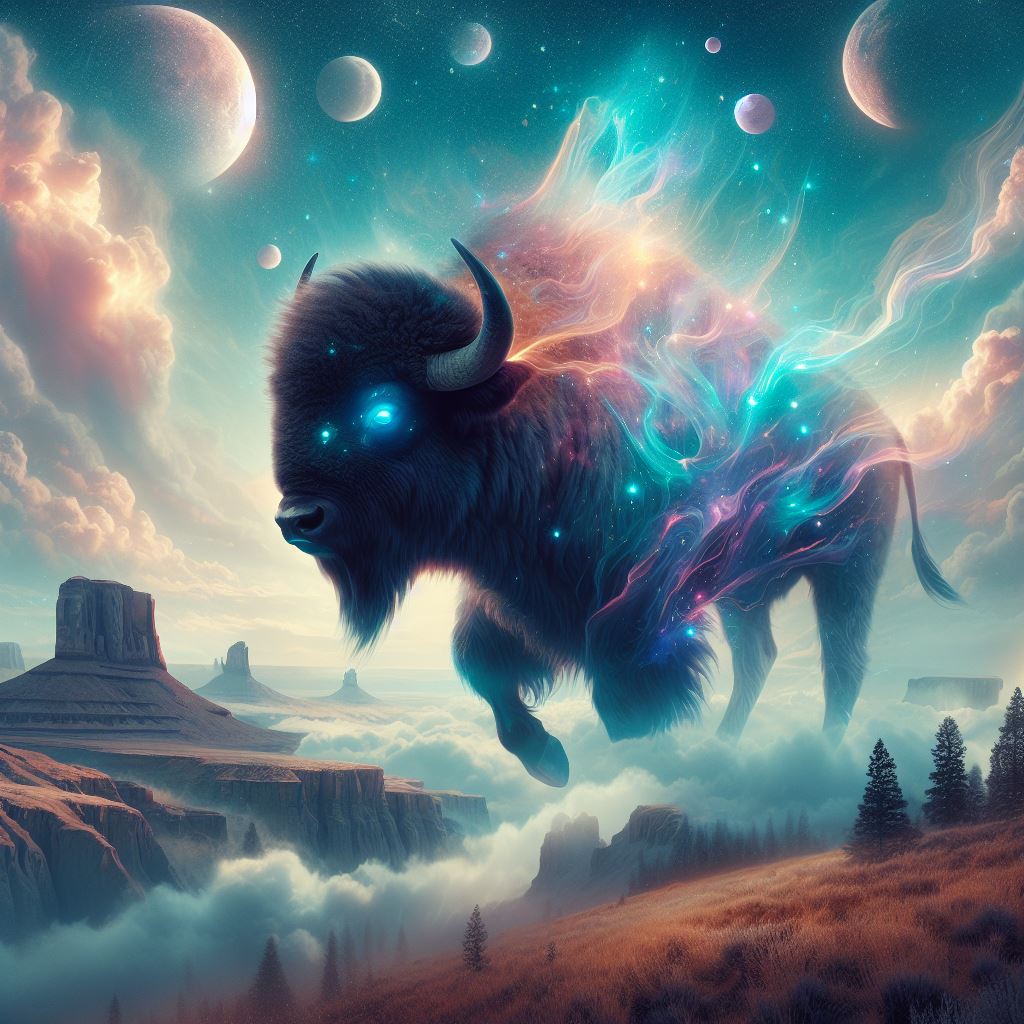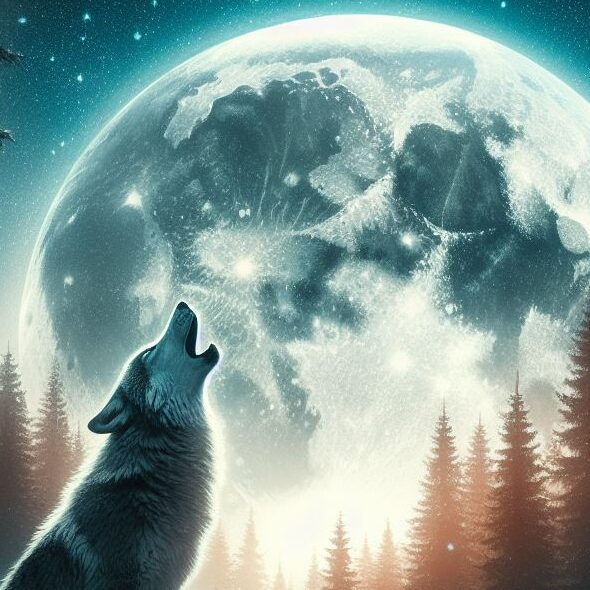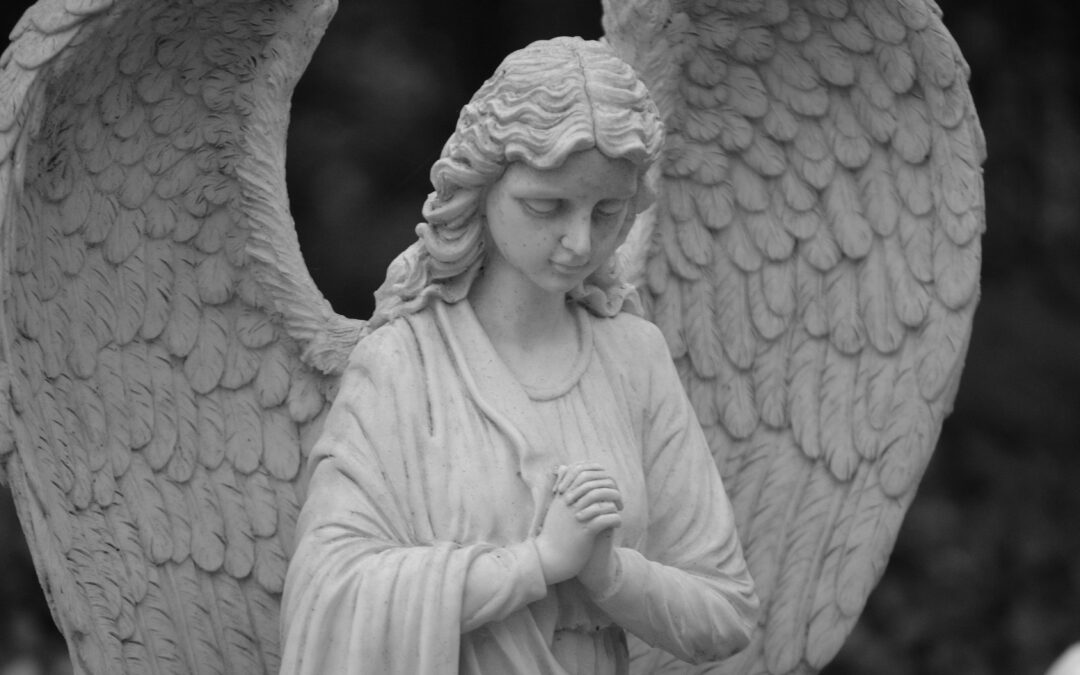
The Sacred Buffalo: Animal Spirit Guide and Symbolism

Buffalo
The buffalo holds a significant place in the cultural, spiritual, and ecological fabric of various societies around the world.
Revered by indigenous peoples across North America, the buffalo symbolizes strength, abundance, and interconnectedness with nature. Its animal spirit embodies profound wisdom and resilience, offering valuable insights into the human condition and our relationship with the natural world.
Spiritual Significance:

Abundance
Provision
interconnectedness
strength
resilience
The Lakota people, in particular, have a rich spiritual relationship with the buffalo, viewing it as a manifestation of the Great Spirit and a source of sustenance, both physical and spiritual. The Sundance ceremony, a central ritual in Lakota culture, often incorporates the buffalo as a symbol of sacrifice and renewal, reflecting the interconnectedness of life, death, and regeneration.
In Native American creation stories, the buffalo is often seen as a gift from the Great Spirit. Furthermore, the buffalo’s nomadic nature and ability to adapt to various environments embody the concept of fluidity and flexibility in navigating life’s journey. Its presence in dreams and visions is believed to convey messages of strength, guidance, and resilience, urging individuals to tap into their inner power and ancestral wisdom.
Native American tribes believe the white buffalo is a sign of good things to come.
Symbolism in Culture:
Beyond its spiritual significance, the buffalo holds a prominent place in the cultural heritage of many indigenous communities. From art and storytelling to traditional ceremonies and rituals, the buffalo is a recurring motif that symbolizes cultural identity, heritage, and the preservation of traditional ways of life.
In addition to its cultural symbolism, the buffalo has also played a crucial role in sustaining indigenous economies and livelihoods for centuries. Historically, buffalo hunting provided Native American tribes with food, clothing, shelter, and tools, emphasizing the deep connection between humans and nature’s bounty.
Conservation Efforts: Despite its cultural and ecological importance, the buffalo population faced severe decline due to overhunting and habitat loss during the 19th and 20th centuries. However, concerted conservation efforts and advocacy by indigenous communities, environmental organizations, and government agencies have helped restore and protect buffalo populations in recent decades.
Initiatives such as the American Bison Society and the Yellowstone Bison Conservation Initiative have focused on restoring wild buffalo herds, preserving their natural habitat, and promoting sustainable coexistence between humans and buffalo. These efforts not only contribute to the ecological health of ecosystems but also honor the cultural heritage and spiritual significance of the buffalo for indigenous peoples.
References:
- LaDuke, Winona. “Buffalo Nation: American Indian Efforts to Restore Bison to Indian Country.” Indian Country Today, 22 June 2016.
- Rosenthal, Michael. “Buffalo Nation: A History of the North American Bison.” University of California Press, 2020.
- Standing Bear, Luther. “My People, the Sioux.” University of Nebraska Press, 1975.
- Viola, Herman J. “Trail to Wounded Knee: The Last Stand of the Plains Indians.” National Geographic Society, 2005.







Recent Comments